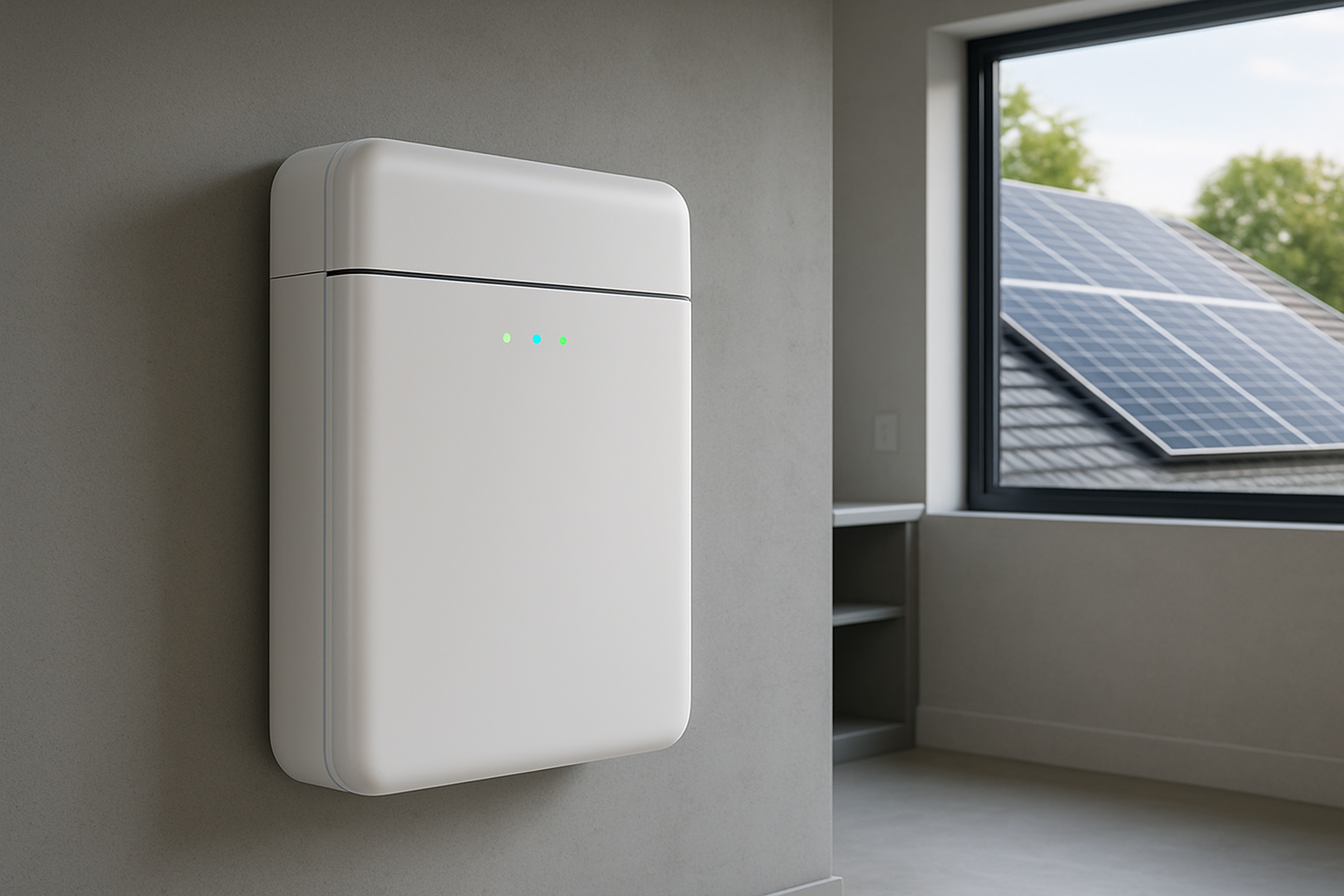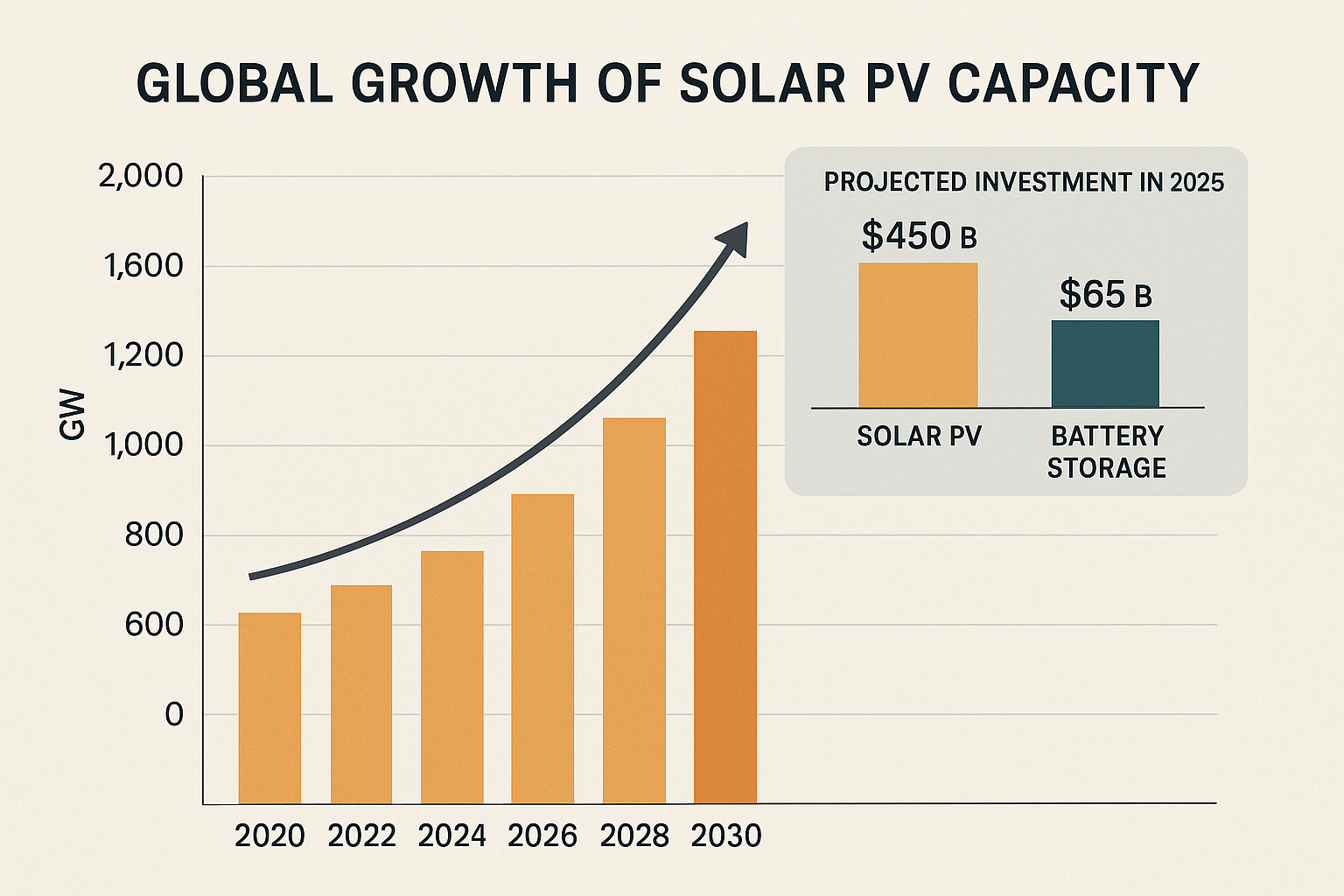Investing in solar energy brings significant benefits, including reduced electricity bills and a smaller environmental footprint. To make an informed decision, you need to assess the financial viability of a solar system. This involves understanding two key metrics: Return on Investment (ROI) and payback period. Calculators designed for solar projects help you evaluate these financial aspects, providing a clear picture of your potential savings and earnings.
Understanding Solar Project Financials
Before installing a solar energy system, you will want to know how long it will take to recoup your initial investment and what financial returns you can expect over the system's lifetime. These calculations guide your decision-making process.
Defining Return on Investment (ROI)
Return on Investment (ROI) measures the profitability of your solar installation. It expresses the financial gain or loss in relation to the initial cost. For solar, ROI often considers the total savings on electricity bills, any income from selling excess energy back to the grid, and available incentives, all weighed against the upfront investment. A positive ROI indicates that your solar system is a beneficial financial asset.
Understanding the Payback Period
The payback period is the time it takes for the savings generated by your solar system to equal its initial cost. This metric helps you understand when your system will become "free" and start generating pure savings or profit. A shorter payback period generally suggests a more attractive investment. Factors such as system size, energy consumption, electricity rates, and available incentives directly influence this timeframe.
Key Factors Influencing Solar System Economics
Several variables impact the financial performance of a solar energy system. Understanding these elements is crucial for accurate ROI and payback calculations.
System Costs and Equipment
The initial investment in a solar system includes the cost of solar panels, inverters, mounting hardware, and installation labor. The choice of components significantly affects the overall price and long-term performance. For example, high-performance, safe, and reliable lithium iron phosphate (LiFePO4) batteries, like those used in advanced energy storage systems, contribute to the system's longevity and efficiency. Hybrid inverters, which manage both solar power generation and battery charging, also play a vital role. While initial costs are a consideration, the long-term value provided by robust components often leads to better returns.
The average selling price for manufacturers in the power sector saw fluctuations. From 2017 to 2022, the average selling price per megawatt (MW) generally stayed below 0.6 million USD/MW.
Energy Savings and Available Incentives
The primary financial benefit of solar energy comes from reducing or eliminating your monthly electricity bills. The amount saved depends on your energy consumption and the local electricity rates. Beyond direct savings, various government incentives can significantly improve solar economics. These may include tax credits, such as those provided by the U.S. Inflation Reduction Act, or production credits based on energy generated. Rebates and feed-in tariffs, where utilities pay you for excess electricity fed into the grid, further enhance the financial attractiveness of solar. Policy support for low-emission power has been on the rise, with various countries introducing new policies and proposals in 2022-2023. For instance, the European Commission aims to increase the EU 2030 renewables target to 45% by 2030.
System Performance and Efficiency
A solar system's performance is measured by how much electricity it generates. This depends on factors like panel efficiency, the amount of sunlight received (insolation), system orientation, and shading. Over time, solar panels experience a slight decrease in efficiency, known as degradation. Accounting for this degradation in your calculations provides a more realistic long-term financial projection. Integrating a comprehensive home energy storage system (ESS) that combines lithium batteries, hybrid inverters, and solar panels can optimize energy usage, allowing you to store excess solar power for use during peak hours or at night, thereby maximizing your savings and improving overall system efficiency.

Navigating Solar Calculator Tools
A variety of tools are available to help you analyze solar investments. These range from simple online estimators to advanced software solutions.
Types of Calculators and Their Features
Simple online calculators typically require basic inputs like your location, average electricity bill, and system size to provide a quick estimate of savings and payback. More advanced tools offer greater customization. You can input detailed system specifications, local electricity rates, specific incentive programs, and even simulate different scenarios. Some sophisticated tools can even assess potential visual hazards like solar glare, a concern for pilots and motorists, helping to optimize system layout and maximize energy production.
Key Features to Look For
- Customizable Inputs: The ability to adjust system size, component costs, and energy consumption patterns.
- Incentive Integration: Tools that account for federal, state, and local tax credits, rebates, and feed-in tariffs.
- Detailed Financial Projections: Providing not just payback and ROI, but also cash flow analysis and long-term savings projections.
- Reporting Capabilities: Generating clear, understandable reports that summarize the financial analysis.
- Geographic Specificity: Incorporating local weather data and electricity rates for accurate estimations.
Accurate Data Input
The accuracy of your calculations depends heavily on the data you provide. Gather your past electricity bills to determine average consumption. Research local solar incentives and their specific requirements. Obtain quotes for solar panel systems, including panels, inverters, batteries, and installation costs. Precision in these inputs ensures more reliable financial projections from the calculator.
Practical Application: Making Informed Decisions
Using solar calculators effectively empowers you to make confident decisions about your energy future.
A Step-by-Step Approach to Using a Calculator
You can begin by entering your current energy usage, typically found on your electricity bills. Next, input your location to allow the tool to factor in local sunlight availability and electricity rates. Then, provide details about the proposed solar system, including its size in kilowatts and the estimated installation cost. Many calculators will then prompt you for information on any available federal, state, or local incentives. Once all data is entered, the calculator processes the information and presents the estimated ROI and payback period.
Interpreting Results and Comparisons
After running the calculations, you will receive key figures like the estimated payback period and the lifetime ROI. A shorter payback period and a higher ROI generally indicate a more financially attractive investment. You can use the tool to compare different system sizes, explore the impact of adding battery storage like a home ESS, or assess the benefits of various financing options. For example, adding a reliable off-grid solar solution for your home, farm, or cabin could significantly alter the financial landscape, offering greater energy independence and long-term savings.
Real-World Scenarios and Optimizing Your Investment
Consider a scenario where you are evaluating an integrated home energy storage system. By inputting the cost of the lithium batteries and the hybrid inverter, alongside the solar panels, into the calculator, you can see how storing excess energy for later use affects your overall savings and payback. This is especially valuable for off-grid applications or areas with time-of-use electricity rates. Understanding these financial dynamics helps you optimize your investment, ensuring you gain maximum benefit from your solar energy system.
| Factor | Impact on Payback Period | Impact on ROI |
|---|---|---|
| Higher Electricity Rates | Shorter | Higher |
| Increased System Cost | Longer | Lower |
| Generous Incentives (e.g., tax credits) | Shorter | Higher |
| Higher Solar Insolation (Sunlight) | Shorter | Higher |
| Addition of Energy Storage (ESS) | Variable (can shorten by optimizing usage, or lengthen due to added cost) | Variable (can increase by maximizing self-consumption, or decrease due to added cost) |
Empowering Your Energy Future
Utilizing solar ROI and payback calculators is a powerful step towards achieving energy independence. These tools transform complex financial data into clear, actionable insights, allowing you to make well-informed decisions about your solar investment. By carefully analyzing costs, potential savings, and available incentives, you can confidently embark on your journey towards a more sustainable and financially rewarding energy future. Our experience in the solar and energy storage industry, particularly with high-performance lithium batteries, integrated energy storage systems, off-grid solar solutions, and solar inverters, reinforces the importance of thorough financial planning for reliable and scalable energy solutions.





Leave a comment
All comments are moderated before being published.
This site is protected by hCaptcha and the hCaptcha Privacy Policy and Terms of Service apply.